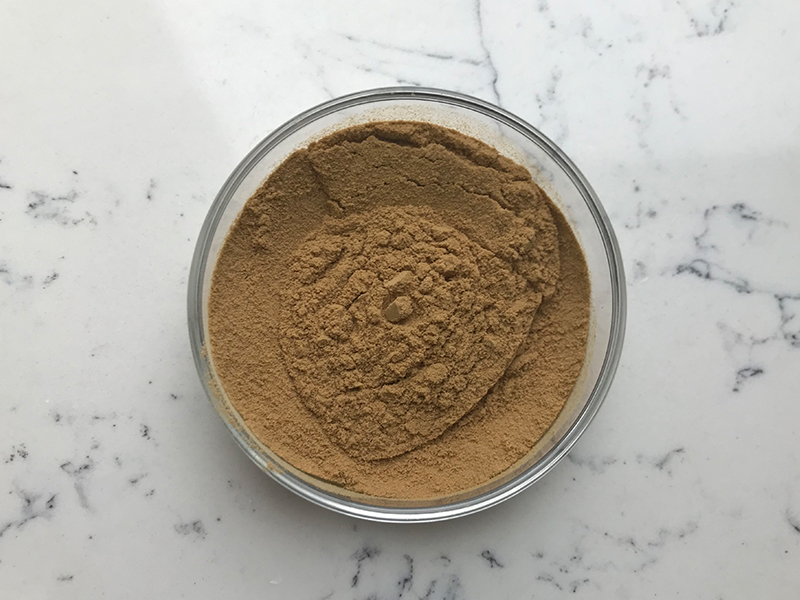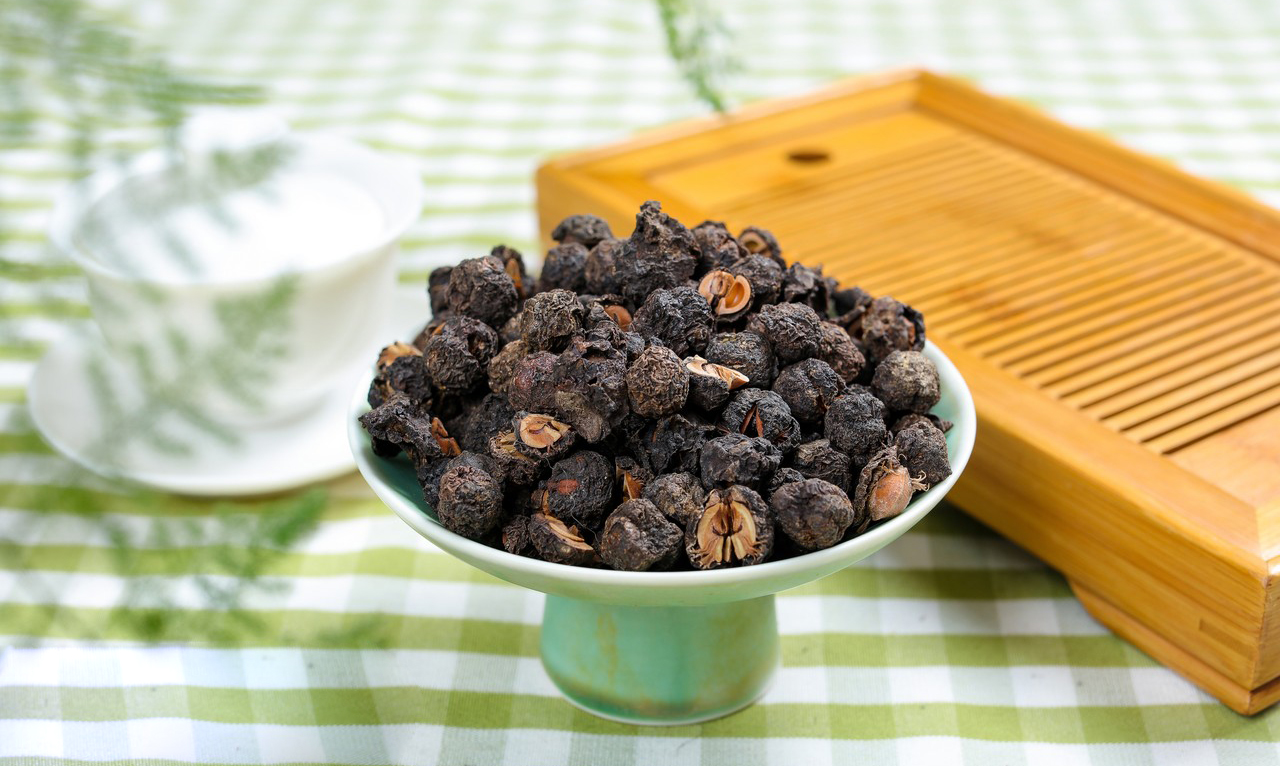The production process of Phyllanthus emblica extract, also known as Indian gooseberry or amla, involves several steps to ensure the extract retains its beneficial properties. Here’s an overview of the typical process:
1.Selection of Raw Material:
Quality Selection: Fresh, ripe Phyllanthus emblica fruits are selected based on their quality, maturity, and absence of damage or decay.
Cleaning: The selected fruits are thoroughly washed to remove dirt, dust, and any potential contaminants.
2.Preparation of Fruits:
Deseeding: The cleaned fruits are deseeded to remove the seeds, as they are not required for the extraction process.
Cutting: The deseeded fruits are then cut into smaller pieces to facilitate the extraction process.

3.Drying:
Methods: The fruit pieces can be dried using various methods such as air drying, oven drying, or freeze drying. Freeze drying is often preferred as it helps retain the maximum amount of bioactive compounds.
Conditions: The drying process is carefully controlled to prevent the degradation of heat-sensitive compounds.
4.Grinding:
The dried fruit pieces are ground into a fine powder using a grinder or a pulverizer. This increases the surface area for the extraction process, making it more efficient.
5.Extraction:
Solvent Selection: Various solvents can be used for extraction, including water, ethanol, methanol, or a combination of these. The choice of solvent depends on the desired properties of the extract.
Extraction Process: The powdered fruit is mixed with the solvent and subjected to extraction methods such as maceration, percolation, or Soxhlet extraction. The mixture is often heated to enhance the extraction of bioactive compounds.
Filtration: The extract is filtered to remove solid residues, resulting in a clear solution containing the desired phytochemicals.
6.Concentration:
The filtered extract is then concentrated using methods such as evaporation under reduced pressure (vacuum evaporation) to remove the solvent and increase the concentration of the active compounds.
7.Drying of Extract:
Spray Drying or Freeze Drying: The concentrated extract can be dried using spray drying or freeze drying to obtain a fine, stable powder. Freeze drying is preferable for preserving the heat-sensitive bioactive compounds.
Powder Formation: The dried extract is collected as a fine powder, which can be further processed as needed.
8.Quality Control:
Testing: The final extract is subjected to various quality control tests to ensure it meets the required standards for purity, potency, and safety. Tests may include HPLC (High-Performance Liquid Chromatography) for active compound content, microbiological testing, and heavy metal analysis.
9.Packaging and Storage:
Packaging: The finished extract is packaged in air-tight, moisture-proof containers to prevent degradation.
Storage: It is stored in a cool, dry place away from light and moisture to maintain its stability and efficacy.

Applications:
Phyllanthus emblica extract is widely used in various industries, including:
Nutraceuticals: As a dietary supplement due to its high vitamin C content and antioxidant properties.
Cosmetics: For its anti-aging, skin brightening, and conditioning properties.
Pharmaceuticals: In formulations aimed at boosting immunity and managing various health conditions.
By following these steps, the production process ensures that the Phyllanthus emblica extract retains its beneficial properties and is safe for use in various applications.
